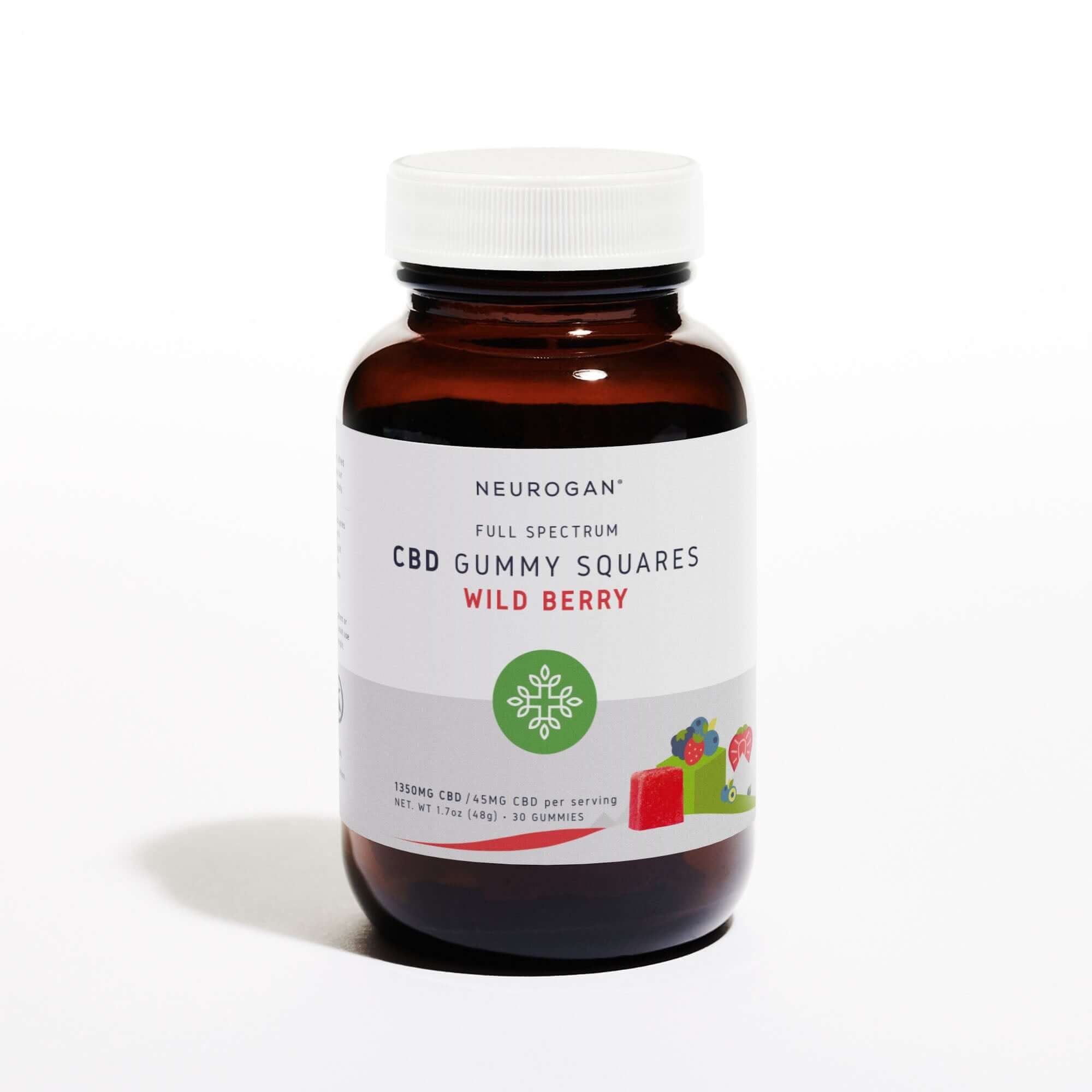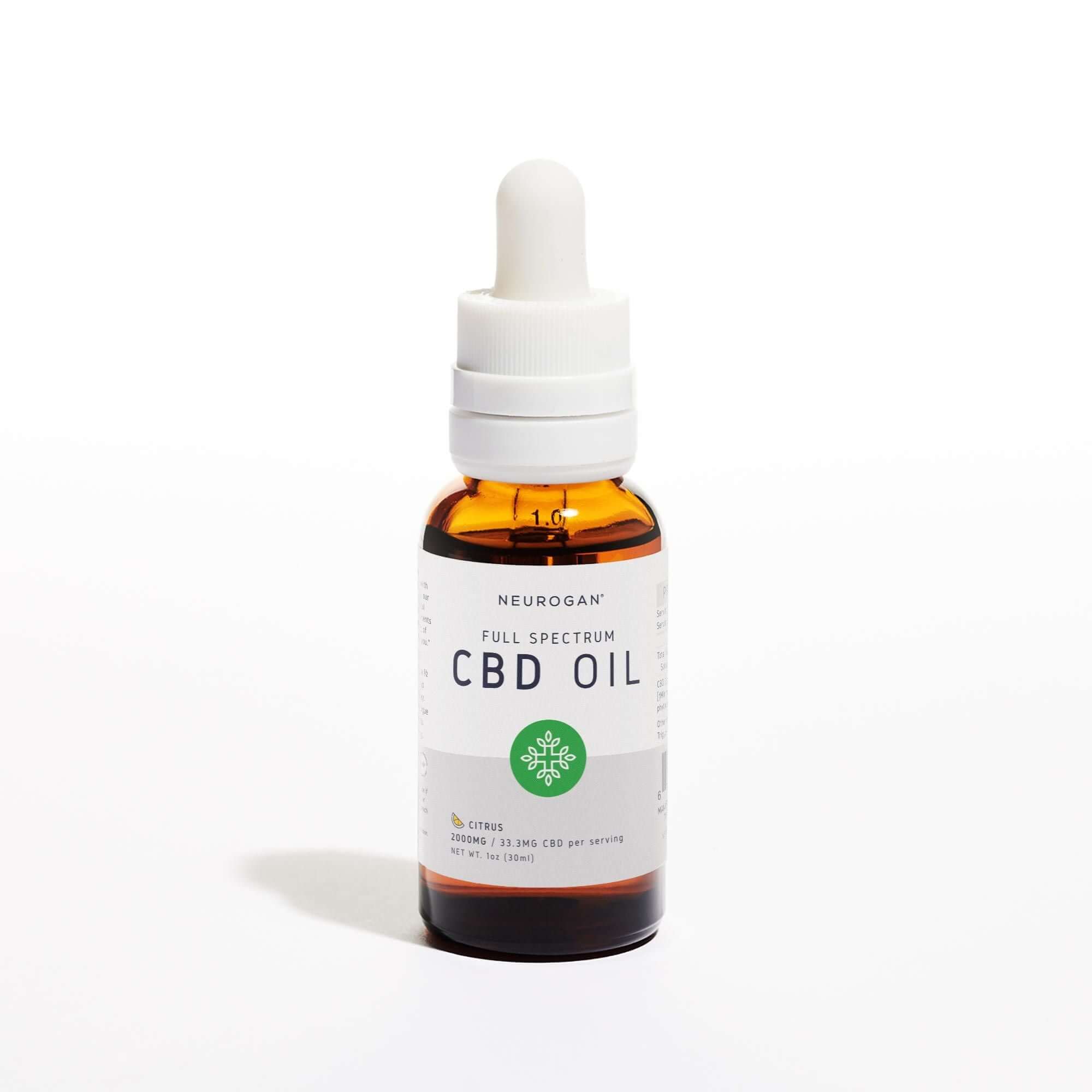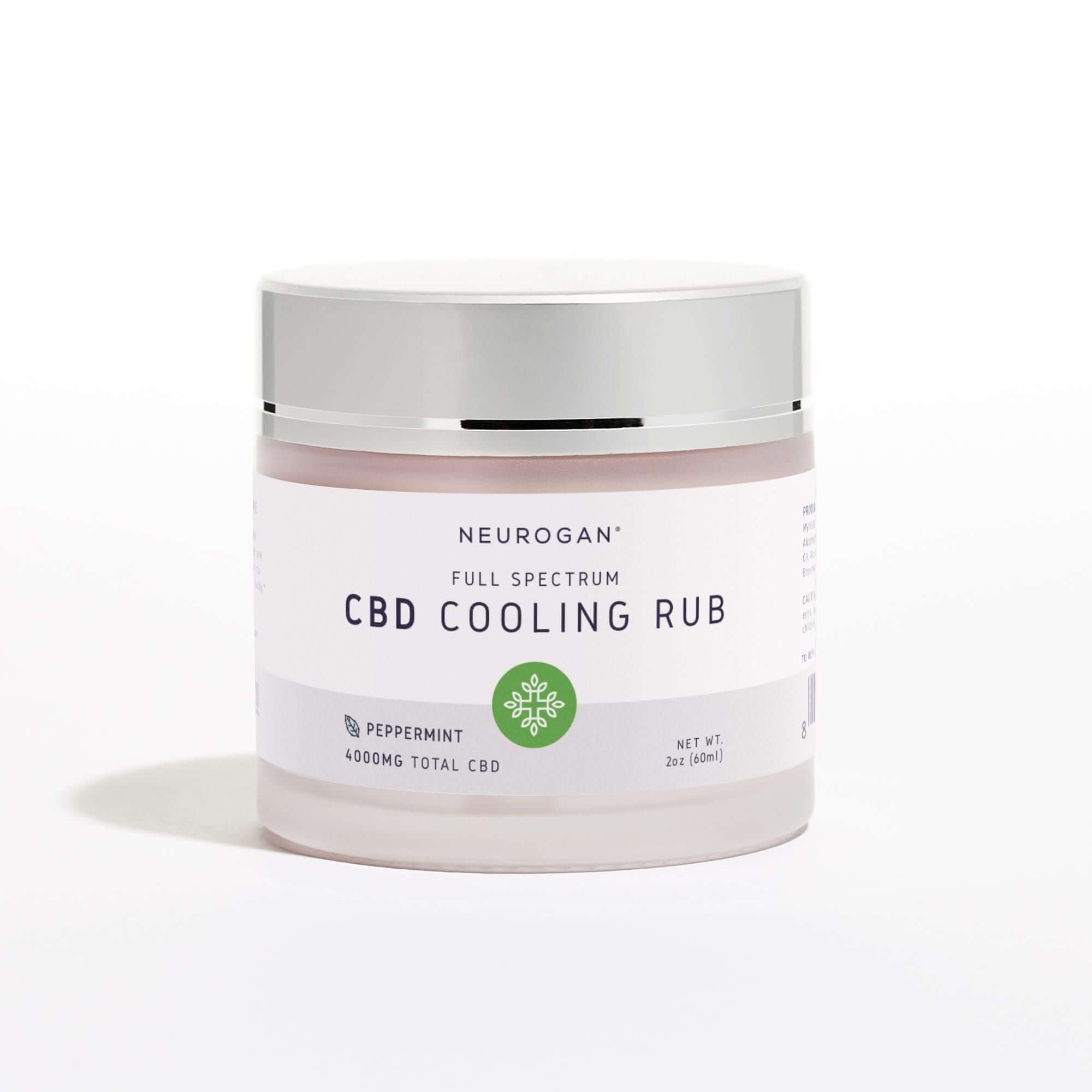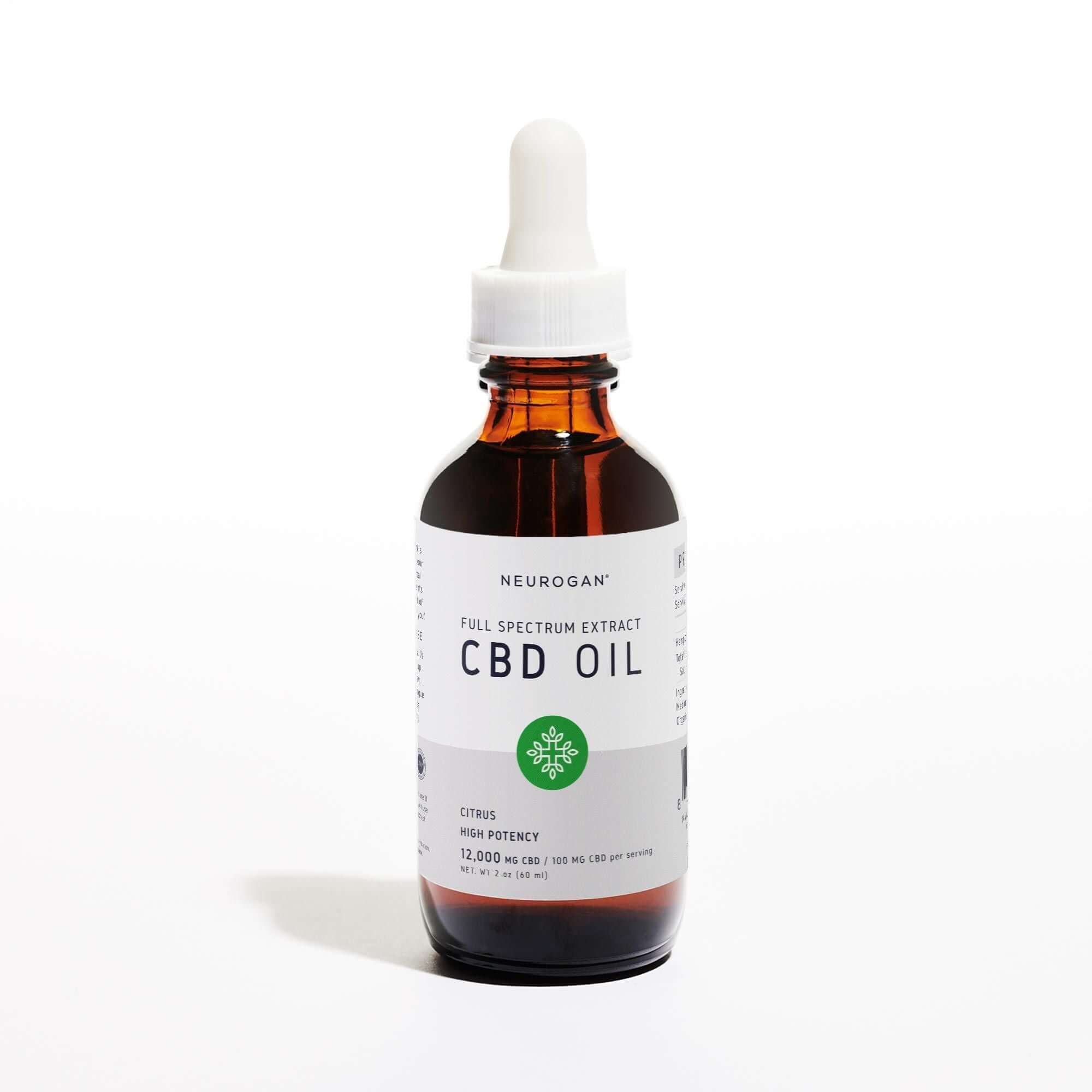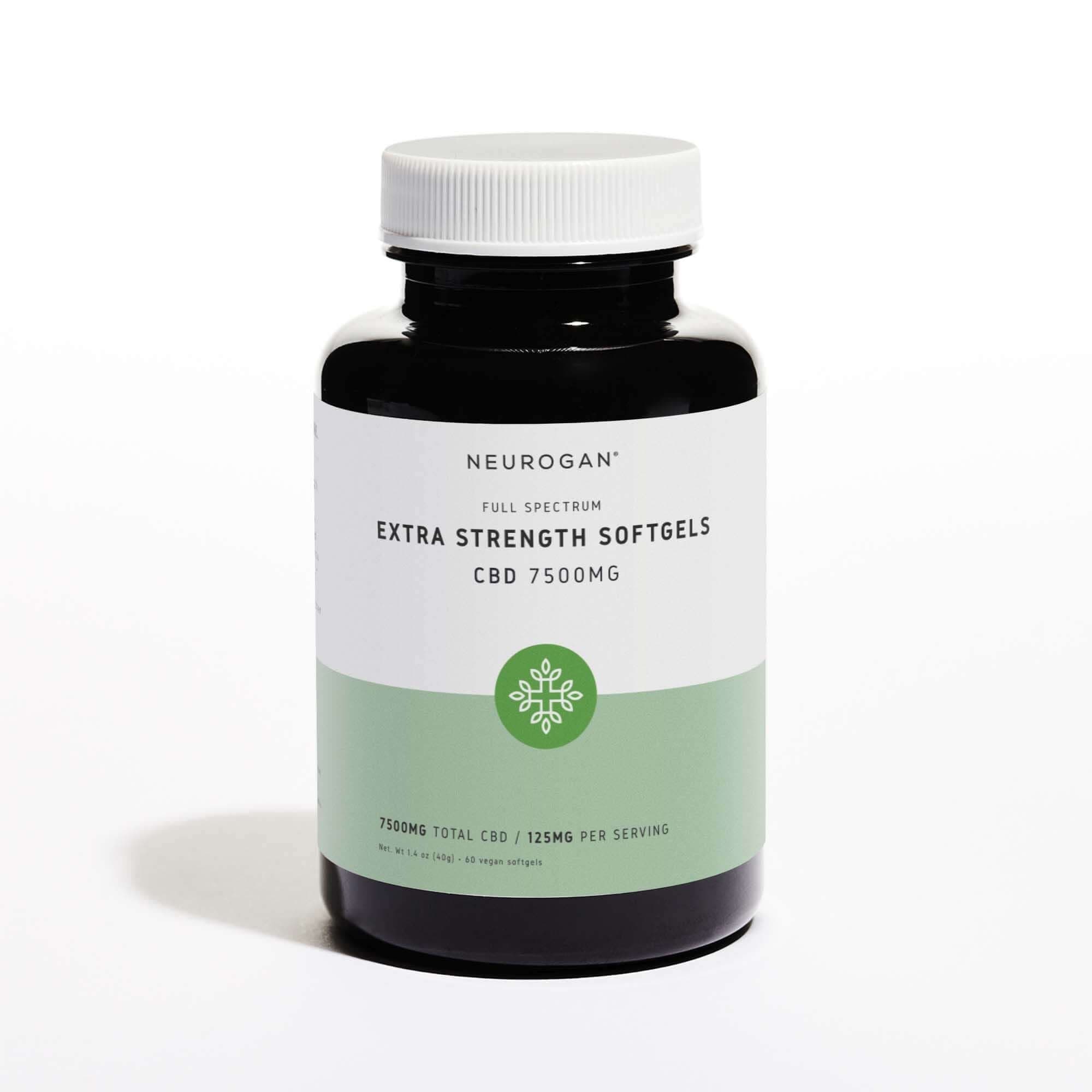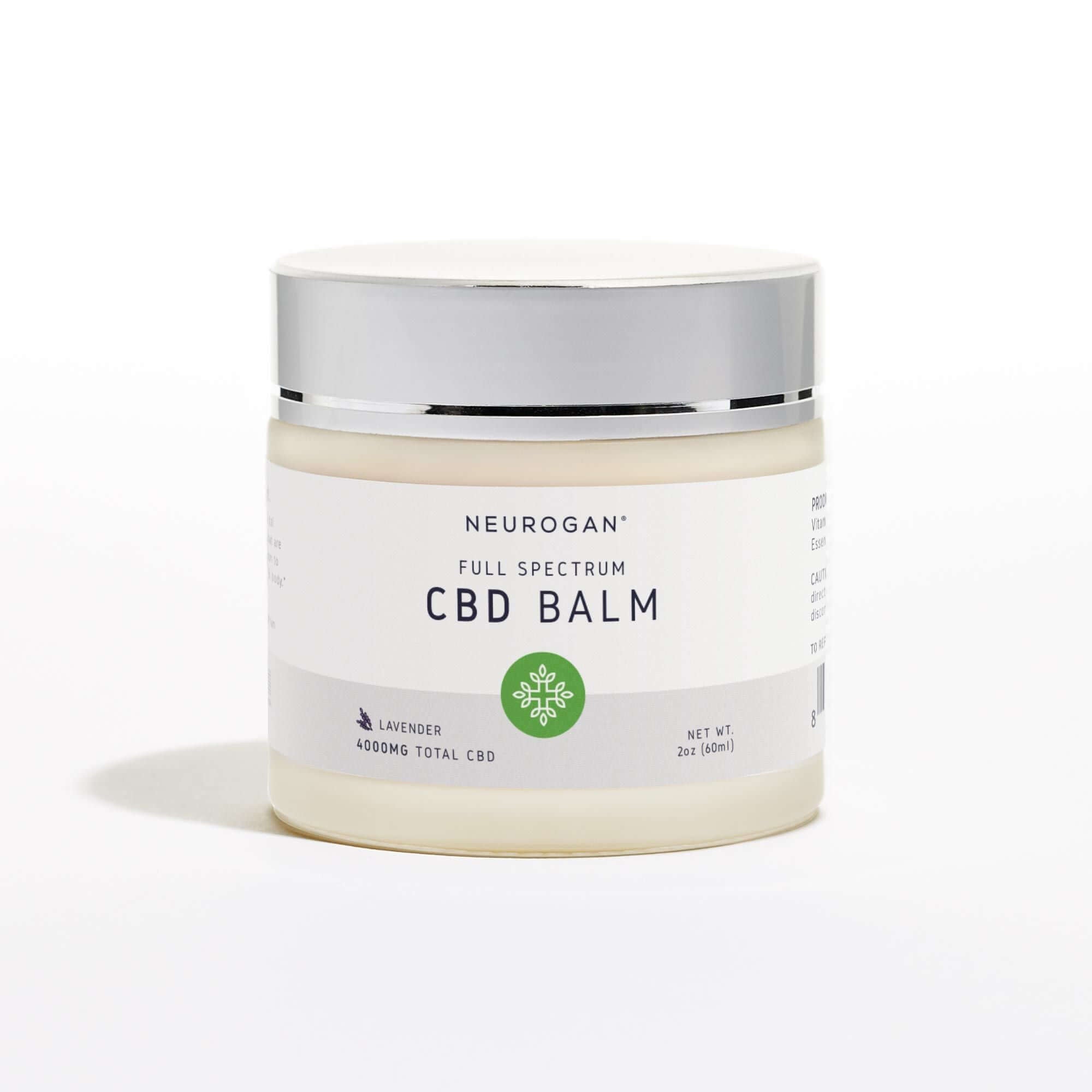CBD Blog
At Neurogan, we’re your #1 source for education, guidance, and inspiration surrounding hemp-derived cannabinoids.

The Best CBD Gummies for Men: Can It Help With Sexual Wellness?
Men's sexual wellness is a "touchy subject" — excuse the pun. Despite its importance, it's an area of health that often gets pushed into the shadows rather than discussed openly....

The Best Weight Loss Gummies: Do They Work?
Weight loss trends have evolved significantly from the appetite suppressant Dextrim from the 80s, which promised weight loss with little effort, to the 90s "South Beach Diet," which emphasized replacing...

Do CBD Gummies to Quit Smoking Work?
We all recognize that smoking cigarettes is a habit we're better off without, and many are looking for nicotine-free ways to help them quit. Cannabidiol (CBD), or any cannabis product,...

What is CBG?
Cannabigerol (CBG) is a lesser-known cannabinoid that has been garnering more attention in the scientific community as of late. It's not exactly a new cannabinoid—but since the legalization of hemp...

3 CBD Gummies for Tinnitus: Does it Help?
Tinnitus is when someone experiences noises like ringing or buzzing without external sound in one or both ears. It's often a symptom of an underlying health issue, which requires a...

Do CBD Gummies Get You High?
Much like any product related to cannabis plants, CBD products may be stigmatized, especially depending on the state you live in and how cannabis friendly it is. As with any...

CBD Oil for Back Pain: Can It Help?
For anyone who has dealt with the persistent throb of back pain, finding long-lasting relief can sometimes feel out of reach. The discomfort, occasionally dull and nagging, other times sharp...

CBD Gummy Ingredients Explained
Do you know what exactly is in your CBD gummies? Understanding the components of your CBD gummies is important for anyone committed to a health-conscious lifestyle. In 2019, a study...

The 7 Best Melatonin Gummies For Adults in 2024
About one in three adults don’t get the recommended 7-9 hours of sleep every night [1]. Pharmaceutical sleep medications can be intense, expensive, and more of a temporary fix than...

Top CBD Gummies for Stress in 2024
Your brain is like a high-tech control room, managing the hustle of daily life like a pro. But then, stress crashes the party like an unscheduled software update in the...

7 Best THC Tincture & Cannabis Oils in 2024
THC tinctures or cannabis tinctures are potent, liquid extracts that are usually made by dissolving cannabis in alcohol or another solvent. The most common mixture is cannabis extract with a...

CBD for Sciatica: The Science & Top Product Recommendations
For many individuals grappling with chronic pain from sciatica, finding a path to long-lasting relief is often met with challenges. For some, cannabidiol (CBD) products from hemp plants have been...

Where to Buy Cannabis Oil in 2024
It's clear that we're in a brand new chapter in wellness when cannabis products, once regulated to the shadowy corners of the market, are popping up everywhere — from the...

CBD for Elderly Pain in 2024
According to a 2023 census, there are over 58 million elderly people in the United States who encompass a wide range of different lifestyles [1]. Many of our senior loved...

How to Use CBD Tincture
CBD and its potential wellness benefits have been gaining (well-deserved) attention in the health and wellness space. In this guide, we'll walk you through the basics of how to use...

Hemp Oil vs. CBD Oil for Dogs
Humans have been reaping the benefits of the cannabis plant for a long time now. Now, we are considering how the hemp plant can benefit our pets, too. Hemp oil...
Our Authors
CBD Information & Education
We share all the fascinating facts you need to know about hemp and the endocannabinoid system, while discussing specific cannabinoid properties, usage methods, benefits, side effects, and more. Our team includes doctors, health and wellness educators, and cannabis experts. We source research-based information from The United States National Library of Medicine and other published biomedical literature from scientists around the globe, so you can trust you’re receiving the most credible CBD information available.
The Neurogan CBD blog houses a collection of step-by-step guides for introducing supplements into your wellness regimen to ensure a safe and positive experience. We cover dosage, administration methods, product types, and provide visual infographics and audio recordings for all types of learners. We also go in-depth to cover the importance of understanding that results vary based on genetics, lifestyle, and experience.
Thoroughly passionate about cannabinoids, plant-based apothecary, and health, we love taking a comprehensive dive into wellness with you in our blog. From cannabinoid recipes, to research about CBD for sleep, and even mindfulness techniques, this is your trusted hub for CBD education and wellness.
These statements have not been evaluated by the Food and Drug Administration. Neurogan does not have any formal affiliation with The United States National Library of Medicine. The products discussed are not intended to diagnose, treat, cure, or prevent any disease.



















